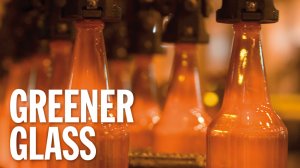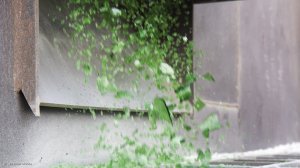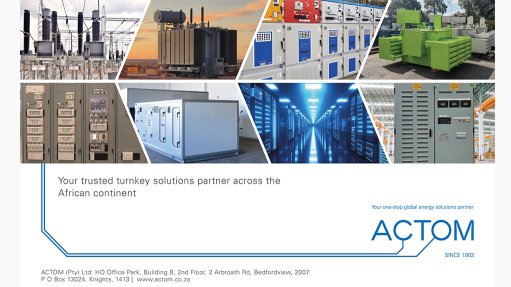As world celebrates glass, SA industry seeks to up circular-economy game


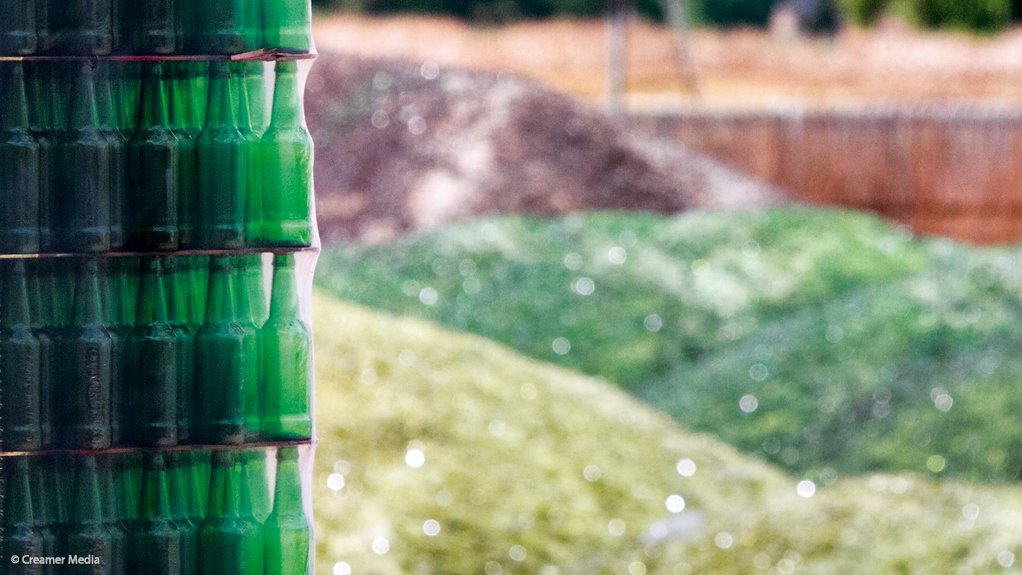
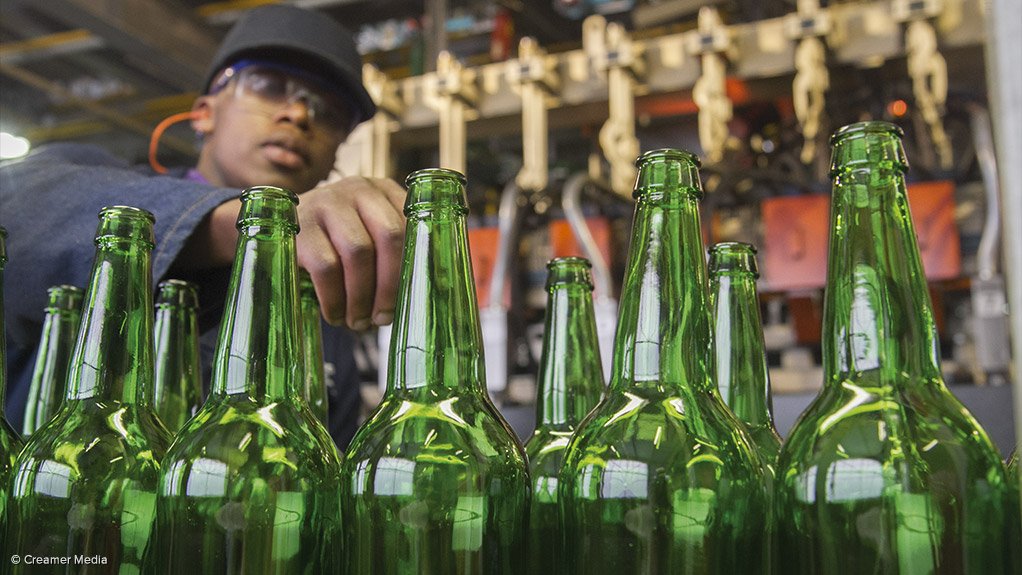
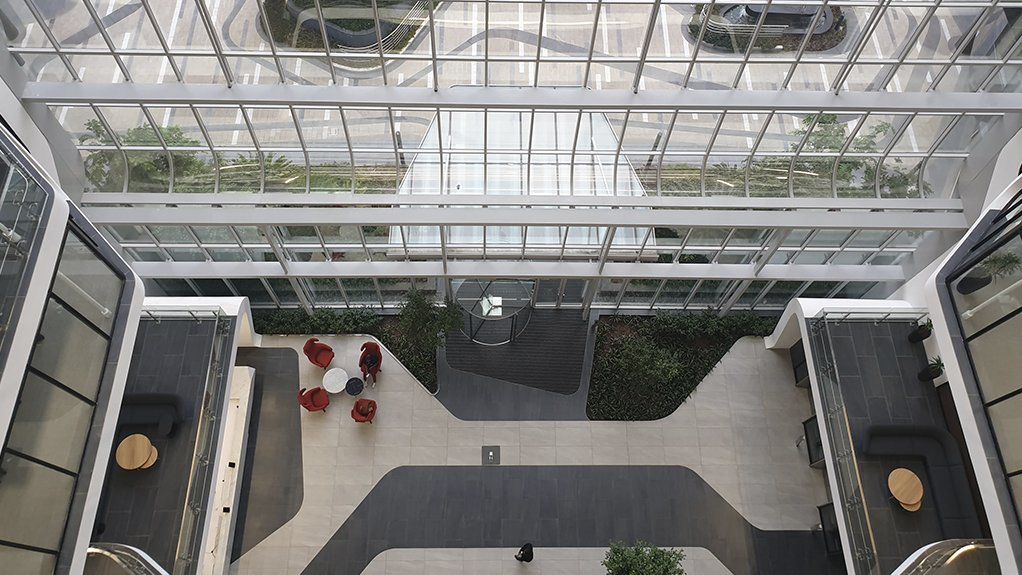

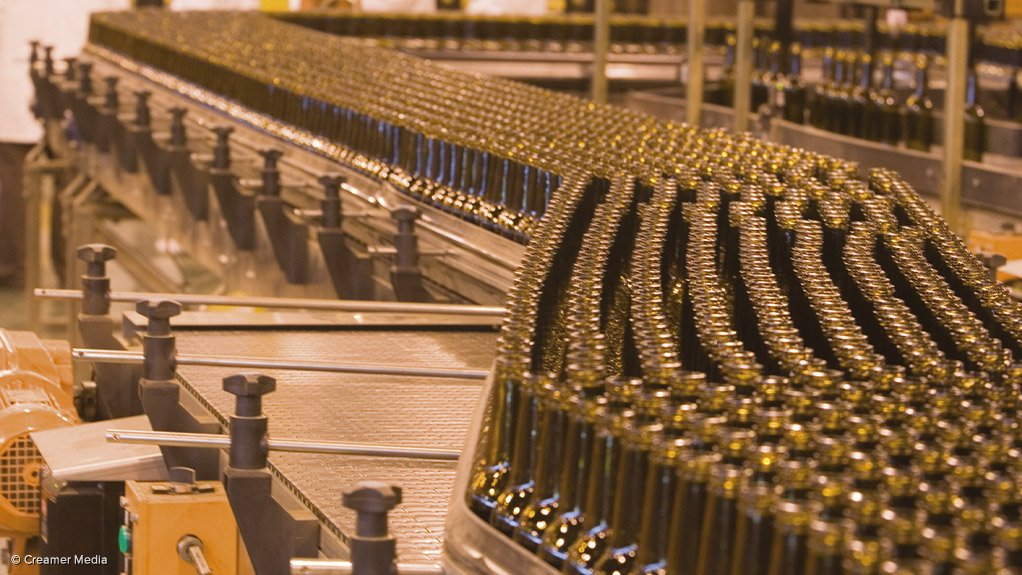
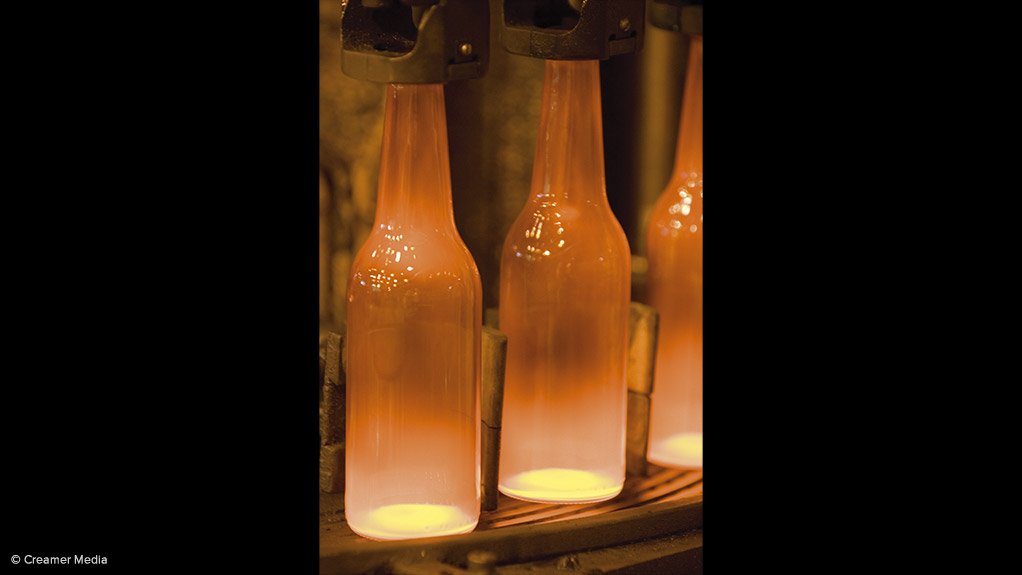
GLASS FOR GLASS Waste glass is used to manufacture new glass packaging and there is no down-cycling
LOCAL INDUSTRY Almost all glass packaging in South Africa is manufactured locally and local manufacturers are pursuing energy, design and supply chain efficiencies
BUILDING COMPONENT Glass plays a role in making buildings more energy efficient
Photo by Simone Liedtke
REUSABILITY Glass is one of the most recyclable materials, is made from widely available materials and contributes to major improvements in human health
LOCAL FLAVOUR Glass preserves food, serves as a chemically resistant container, especially for medicines and serves as a conduit for the world’s data through fibre-optics
LOWER CARBON Glass bottles are 30% lighter, require 70% less energy and emit 50% less CO2 than 20 years ago
Glass manufacturers in South Africa are working to improve the energy efficiency of their products, including by using more energy efficient equipment and furnaces, improving the efficiency of the products through design, and making supply chains more efficient.
The United Nations (UN) General Council has designated this year – 2022 – as the International Year of Glass (IYOG) to celebrate the versatility and usefulness of glass, including as a chemically resistant container especially for medicines and as a conduit for the world’s data through fibre-optics, among many other existing and novel uses and applications.
“In a world constrained by a variety of environmental pressures, glass is one of the most recyclable materials; it has a variety of roles in reducing greenhouse-gas emissions such as energy-saving coatings, double or triple glazing and solar cells, is made from widely available materials and is contributing to major improvements in our health,” the UN IYOG team, administered by global industry body the International Commission on Glass, states.
These sentiments are echoed by local glass manufacturers Consol Glass and Isanti Glass, as well as industry body the South African Glass and Glaziers Association, which highlight the benefits of glass use to preserve and protect foodstuffs, support reuse behaviour and improve the thermal properties of buildings, while also noting the importance of increasing glass recycling to reduce energy use and emissions in the production of glass, and reducing the costs of final products through greater efficiency.
Cullet, or recycled glass, melts at a lower temperature than the raw materials from which glass is constituted. Therefore, the more cullet Consol Glass is able to use, the less energy is required in the glass-making process. Every 10% of cullet used in production results in an approximate 5% reduction in carbon emissions and energy savings of about 3%. Every kilogram of cullet used also replaces 1.2 kg of virgin raw materials that would otherwise need to be extracted, Consol Glass’s executives say.
“The availability of cullet determines how much Consol Glass uses in its production, which is why our relationship with The Glass Recycling Company and glass recyclers is important. The more consumers recycle, the more cullet we can use, without any adverse effect on our products,” the company says.
The science journal Nature, in a November 2021 editorial article, says that “recycling glass does not degrade it, and manufacturing it can be carbon free. Heating limestone, sand and soda ash to 1 500 °C to make glass contributes between 75% and 85% of the carbon dioxide (CO2) emissions and the remaining emissions are a by-product of the chemical reactions between the raw materials.
“When cullet is melted, no CO2 is released and furnaces do not have to burn so fiercely to melt glass as they need to melt the raw materials, offering further carbon savings. According to the European Container Glass Federation (FEVE), 10% more cullet in a furnace lowers CO2 emissions by 5%, compared with making glass entirely from raw materials,” the journal states.
Further, according to the FEVE, glass bottles are today 30% lighter, require 70% less energy and emit 50% less CO2 than 20 years ago, Consol Glass highlights.
“Almost all glass packaging placed on the South African market is manufactured locally and not imported. In addition, all glass collected is recycled locally into new glass packaging. Hence, glass contributes significantly to industrialisation in South Africa,” says The Glass Recycling Company CEO Shabeer Jhetam.
“Taking into account transportation and processing, for every ton of glass made out of recycled glass, 670 kg of CO2 emissions are saved. Similarly, recycling one bottle saves enough energy to power a fluorescent light bulb for seven hours,” he says.
Further, glass is one of the few products that adhere to the principles of the circular economy, as waste glass is used to manufacture the same product, namely new glass packaging. All glass packaging, such as bottles and jars, collected in South Africa goes back to manufacture new packaging and there is no down-cycling of the collected glass, says Jhetam.
“Glass gets cheaper and more readily used once recycling at source improves, which talks to consumer behaviour and recycling practices. Improved separation at source will create improved supply chain and logistical systems, which, in turn, reduce the cost of recycled glass and increase recycled volumes,” concurs glass producer Isanti Glass CEO Pieter du Plessis.
“In support of our customers’ carbon footprint targets and our own, we are considering various ways in which to reduce our footprint through improved efficiencies by producing more with the same inputs, or producing the same with less inputs, and also through improvements to our supply chain, including logistics. Those are our two focus areas currently,” he says.
Glass composition is a technically complex issue, but excellent quality glass can be produced using recycled glass as an input. This also provides a huge advantage in terms of energy consumption if more recycled glass is used, as recycled glass melts at a lower temperature than the raw material inputs used to produce glass, he says.
However, there are various challenges to increasing recycling rates, which include the high transport costs to bring cullet back to the manufacturing plants in Gauteng and the Western Cape, and there is no legislation relating to mandatory separation at source, says Jhetam.
“All glass is transported by road and it would be ideal and cheaper if our rail infrastructure can be improved to transport glass to the manufacturing plants. Additionally, municipalities across the country need to implement mandatory separation at source.
“Finally, there remain worryingly high levels of apathy in most households, and education and communication about the importance of recycling is needed, coupled with penalties or disincentives for people who do not recycle, especially when not separating at source,” he emphasises.
Low- Or No-Carbon Glass
Isanti is actively looking at diversifying its energy mix to include renewable sources like solar and biomass. However, stable, constant and consistent energy supply is critical in glass manufacturing at full demand requirements, says Du Plessis.
“This is very challenging from a renewable perspective, owing to the nature of renewable energy generation. As a result, it is likely that only a small portion of the energy consumption can be replaced with renewable energy. There remain various opportunities for [State-owned power utility] Eskom to improve its generation mix and thereby impact the whole industry,” he says.
Carbon can also be saved by decarbonising the process of melting the chemical mix during manufacturing. A demonstration project called Furnace for the Future, run by the FEVE, makes glass using electricity instead of natural gas to heat recycled glass cullet, the Nature journal article says.
“If the electricity source were fully decarbonised, it would mean that the entire process of glass-making would effectively be carbon-free.
“Glass is an essential material. It is possible for its manufacture to become almost carbon- free in a relatively short time. However, legislation is required to ensure that it is properly collected and recycled, and that it doesn’t end up in landfill. Communities and companies should be helped to create infrastructure to collect glass and recycle it,” the journal states.
Consol is currently seeing several emergent technologies, approaches and processes that are making glass products stronger, lighter and more energy efficient, including through the use of electric and hybrid-electric furnaces, the company says.
“Glass-making is an ancient industry and yet one that is relentlessly innovating. Some of the emerging approaches include product lightweighting, process automation and smart control systems,” the manufacturer adds.
“Through initiatives such as lightweighting, which reduces material used in packaging designs without compromising strength or integrity, and optimisation of processes, we have achieved a substantial reduction in our carbon footprint, both per ton of glass produced and per bottle, over the past 15 years,” Consol highlights.
Additionally, stimulated by increasing demand from customers for lower-carbon packaging solutions, the glass-making industry is piloting projects that will test the viability and cost of renewable-powered furnaces.
“Most large glass manufacturers in Europe and the US have typically run their furnaces, which is the production component with the largest energy requirement, on natural gas. They are increasingly looking to augment and then replace natural gas with renewable-energy sources, which means conversion to electricity at the furnace stage. This is possible, and there have been significant advances made towards this goal, such as the FEVE hybrid-electric Furnace for the Future.”
The possibility of a paradigm shift in the way furnaces run could herald a step-change in the decarbonisation of the industry. A new breed of furnaces designed to run on renewable-energy-derived electricity, biofuels, hydrogen fuel cells or a hybrid of several technologies could usher in a future of zero-carbon glass, says Consol.
“However, electrical furnaces pose significant technical challenges. Consol Glass is among a few glass manufacturers in the world with proven expertise in running electrical furnaces. The traditionally limited availability of natural gas in South Africa has meant that several furnaces have run either wholly or in part on electricity.
“Consol Glass is currently looking at building a test facility that would produce 100% zero-carbon glass within the next two years,” the manufacturer highlights.
“The future of zero-carbon glass in South Africa is dependent on the broader renewable-energy discussion in the country, and the appetite from customers to support the effort. Once sufficient renewable energy is available and suitable energy-storage solutions are chosen, zero-carbon glass is a viable model,” Consol states.
“Glass is unique in that it can be recycled and reused. Bottles, for example, can be safely refilled many times, and glass is infinitely and completely recyclable.
“Because glass packaging can be fully reused or recycled, a far lower proportion in comparison to other materials ends up in landfill. Further, even glass that does end up as waste does not degrade into harmful components, like microplastics, or produce harmful by-products,” say Consol executives.
Glass packaging is made from only natural materials and does not pollute the environment and oceans. Therefore, increased usage will be significantly beneficial to ourselves and future generations, concurs Du Plessis.
“While plastics and metals can be recycled, it is much more complicated and, in many cases, cannot be recycled at or by the actual producers. Glass manufacturers, however, are able to purchase glass from any recycler directly, process or clean it on site and use it in the manufacturing process as raw material.
“Glass remains one of the best, if not the best, packaging material in terms of recycled content, environmental impact and health from consumer perspective,” he says.
“The International Year of Glass is an opportunity to celebrate the pivotal role that glass has played and will continue to play in the lives of consumers, brands and retailers around the world, and reflect on how it is driving progress towards UN Sustainable Development Goals,” Consol’s executives say.
Article Enquiry
Email Article
Save Article
Feedback
To advertise email advertising@creamermedia.co.za or click here
Comments
Announcements
What's On
Subscribe to improve your user experience...
Option 1 (equivalent of R125 a month):
Receive a weekly copy of Creamer Media's Engineering News & Mining Weekly magazine
(print copy for those in South Africa and e-magazine for those outside of South Africa)
Receive daily email newsletters
Access to full search results
Access archive of magazine back copies
Access to Projects in Progress
Access to ONE Research Report of your choice in PDF format
Option 2 (equivalent of R375 a month):
All benefits from Option 1
PLUS
Access to Creamer Media's Research Channel Africa for ALL Research Reports, in PDF format, on various industrial and mining sectors
including Electricity; Water; Energy Transition; Hydrogen; Roads, Rail and Ports; Coal; Gold; Platinum; Battery Metals; etc.
Already a subscriber?
Forgotten your password?
Receive weekly copy of Creamer Media's Engineering News & Mining Weekly magazine (print copy for those in South Africa and e-magazine for those outside of South Africa)
➕
Recieve daily email newsletters
➕
Access to full search results
➕
Access archive of magazine back copies
➕
Access to Projects in Progress
➕
Access to ONE Research Report of your choice in PDF format
RESEARCH CHANNEL AFRICA
R4500 (equivalent of R375 a month)
SUBSCRIBEAll benefits from Option 1
➕
Access to Creamer Media's Research Channel Africa for ALL Research Reports on various industrial and mining sectors, in PDF format, including on:
Electricity
➕
Water
➕
Energy Transition
➕
Hydrogen
➕
Roads, Rail and Ports
➕
Coal
➕
Gold
➕
Platinum
➕
Battery Metals
➕
etc.
Receive all benefits from Option 1 or Option 2 delivered to numerous people at your company
➕
Multiple User names and Passwords for simultaneous log-ins
➕
Intranet integration access to all in your organisation


